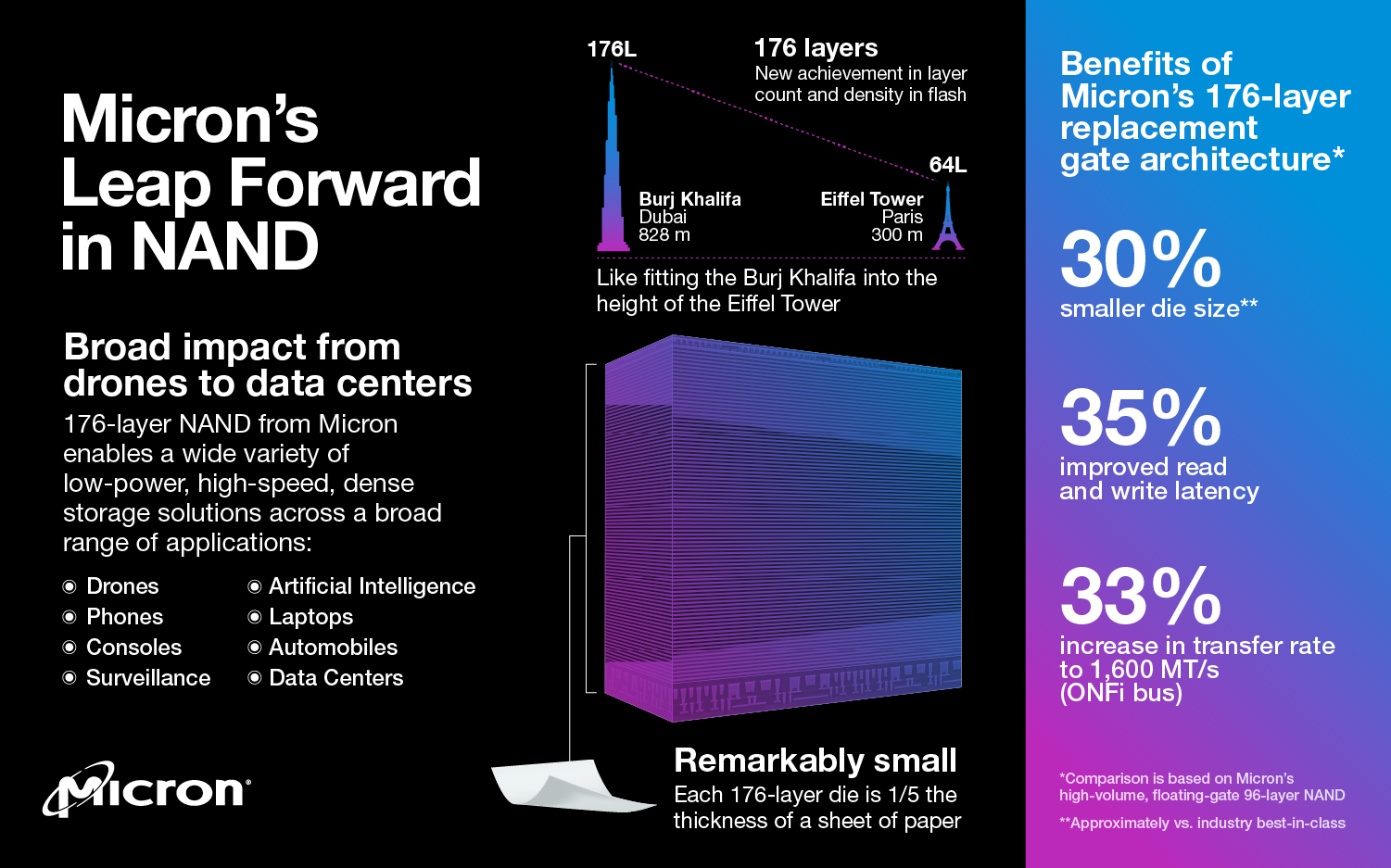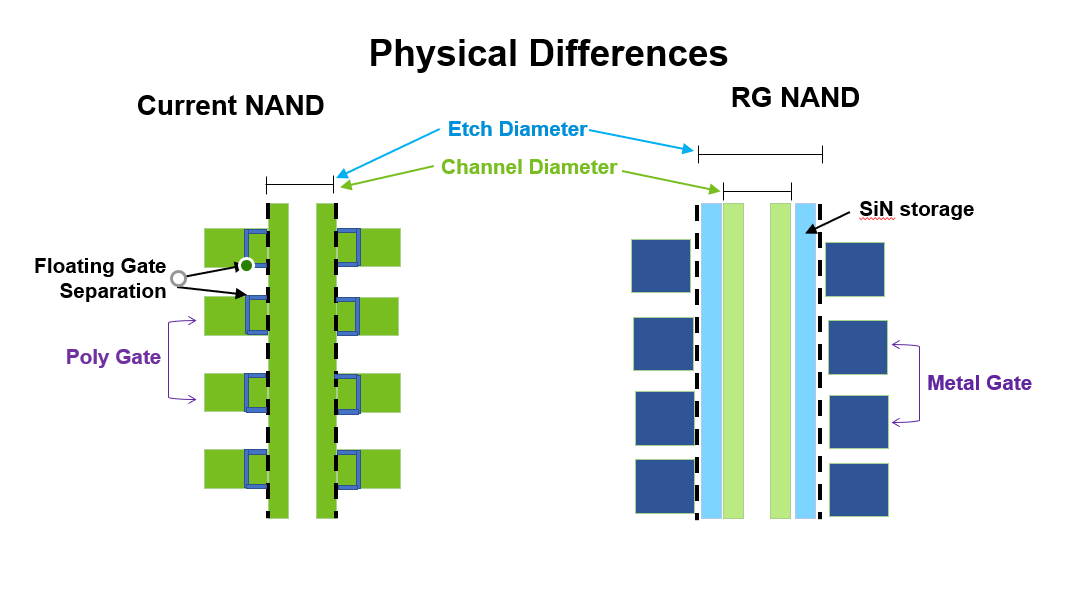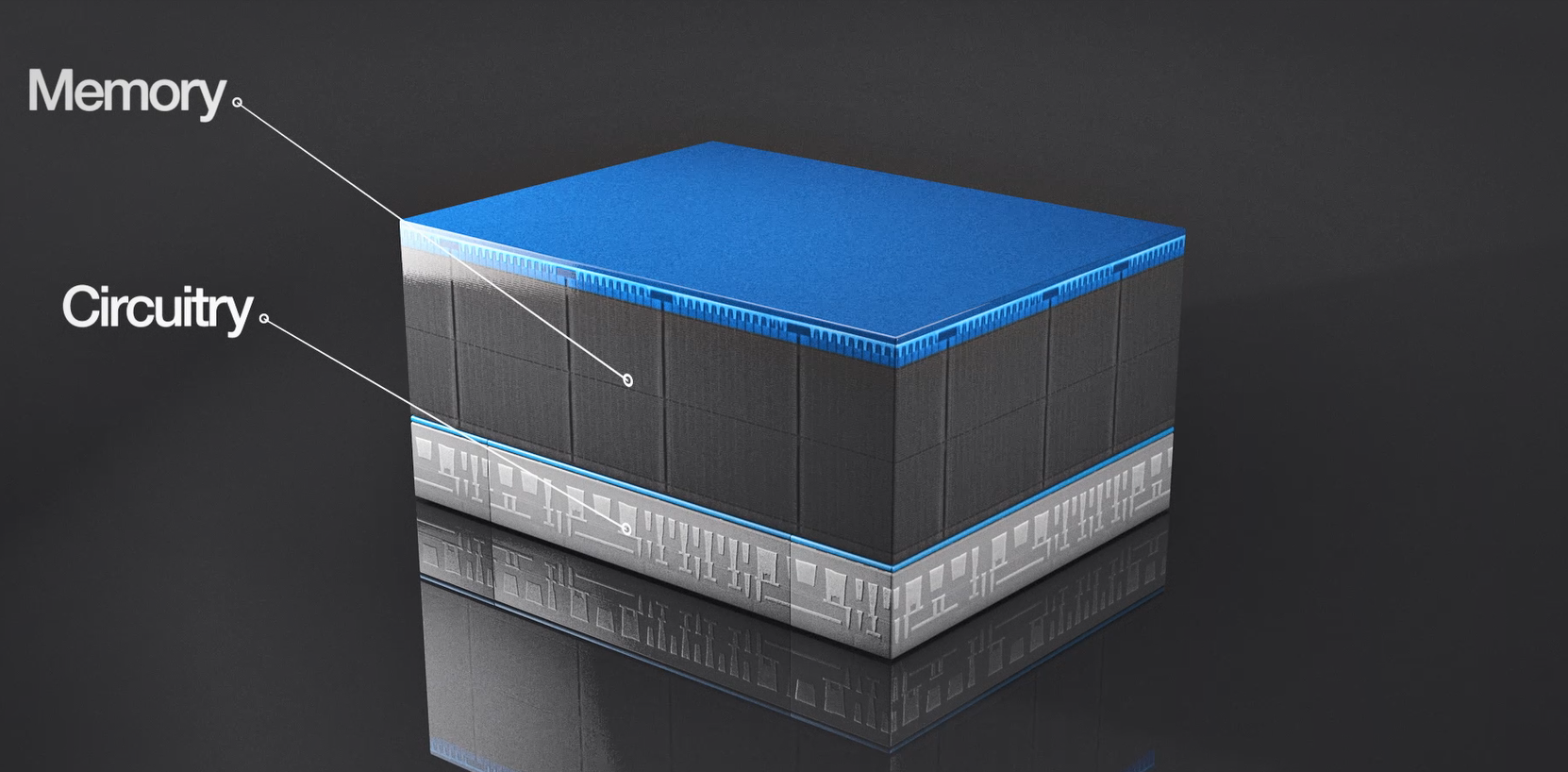Micron Now Shipping 176-Layer 3D TLC NAND Flash
176-layer Replacement Gate TLC flash to power everything
While we were just getting used to 96-Layer flash becoming commonplace and over 100-Layer flash from Samsung and SK hynix is just starting to enter the market, Micron announced its next-generation 176-layer replacement gate flash is now in volume production and shipping, setting a new high for layer counts.

Micron’s fifth-generation 3D TLC flash not only scales higher than its closest competitor’s offerings, but the company claims its flash is also faster and offers the highest bit density yet.
Micron has shipped multiple generations of floating gate flash, but now that is has split with Intel on the manufacturing front, the company is doubling down on its second iteration of charge trap technology. Micron pairs that technique with its replacement gate (RG) tech, which uses highly-conductive metal wordlines instead of a silicon layer, for its next generations of flash.
Before this, Western Digital’s/Kioxia’s 112L, Samsung’s 1xxL, and SK hynix’s 128L TLC broke the 100-layer barrier, but none have scaled quite as high as Micron's new flash. The relatively new replacement gate architecture offers up improved speed, endurance, and efficiency with 176 layers.
Micron stacks two 88-layer decks to attain such heights, similar to how it has done so with past nodes; however, that doesn’t mean its physical height has increased. Surprisingly, while the replacement gate flash scales to new heights at almost triple the layer count of the company’s older 64-Layer (64L) floating gate flash, it has the same height – just one fifth the thickness of a piece of paper, which is roughly 45 μm (microns) thick after wafer thinning.

Micron’s previous-gen 96L and 128L flash could only operate at up to 1,200 MTps, but its new 176L flash is faster, reaching up to 1,600 MTps over the ONFI interface. This leads to a 35% improvement to read and write latency over the company’s floating gate 96L TLC, and it is 25% faster than its 128L replacement gate TLC. The company also noted a 15% increase in mixed performance over its 96L UFS 3.1 modules.
Yes, we have noticed the lack of 128L RG products in the market, but the company says it was simply a transitory node and that the new second-gen replacement gate NAND will have a much faster pace to market. As such, the company is banking on its new 176L NAND for a better return on investment.
Get Tom's Hardware's best news and in-depth reviews, straight to your inbox.
“Micron’s 176-layer NAND sets a new bar for the industry, with a layer count that is almost 40% higher than our nearest competitor’s,” said Scott DeBoer, executive vice president of technology and products at Micron. “Combined with Micron’s CMOS-under-array architecture, this technology sustains Micron’s industry cost leadership.”
As a matter of fact, the new flash is shipping in Crucial products now. The company didn’t specify which models, but Crucial’s P5 looks like a prime candidate for the update based on our review samples’ results. Retail consumer products aren’t the only target market for the company’s new flash. The company markets the flash for the 5G and data center markets, with the latter to accelerate AI and big data analytics.

The new flash is shipping in volume with 512Gb die capacities and NAND packages stacked with as many as 16 dies per package. Perhaps most astonishing, not only does Micron’s flash have the highest layer count in the business, but thanks to the company’s CuA techniques, it also boasts the greatest bit density. Micron notes that its new 176L replacement gate flash offers a 30% smaller die size compared to the industry’s best in class, which we believe refers to SK hynix’s 128L TLC.


Sean is a Contributing Editor at Tom’s Hardware US, covering storage hardware.